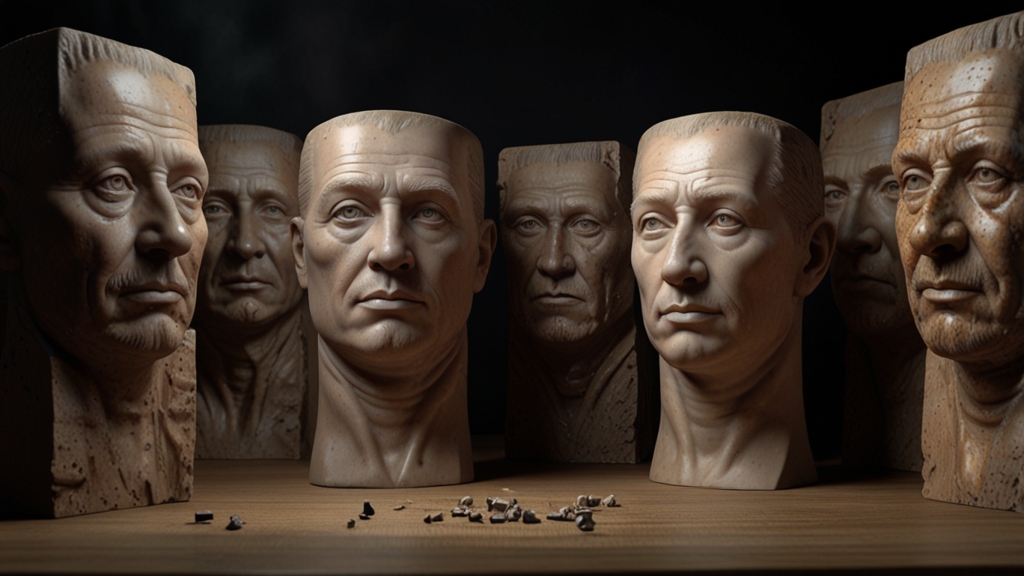The Geometry of Dreams: What Your Mind Constructs
Dreams have fascinated humans since the beginning of time. These nightly escapades can range from the mundane to the surreal, transporting us to realms governed by the fluid laws of imagination. While the content of dreams often seems random or chaotic, underlying patterns and recurring themes suggest that the geometry of dreams is more structured than we might think. This article delves into the architecture of dreams, exploring what our minds construct during these unconscious adventures.
Recurring Themes and Symbols
One of the most intriguing aspects of dreams is the repetition of certain themes and symbols. Carl Jung, the father of analytical psychology, emphasized that common symbols known as archetypes occur across different cultures and eras. These archetypes are deeply embedded in our collective unconscious and often manifest in dreams as universal characters like the hero, the mother, or the trickster.
Moreover, certain locations, objects, and situations frequently appear in dreams. Common examples include flying, falling, being chased, or losing one's teeth. These motifs serve as the building blocks of the dream landscape, giving it a pseudo-geometrical structure composed of recurring shapes and forms.
"The dream is the small hidden door in the deepest and most intimate sanctum of the soul, which opens into that primeval cosmic night that was soul long before there was a conscious ego." - Carl Jung
Spatial Logic in Dreams
Though dreams can defy the physical laws of our waking world, they often follow their own internal logic. The spatial configuration in dreams can be both familiar and bizarre. We might find ourselves in a house that feels like home but has a completely different layout. Or, we might walk through a series of doors, each leading to an entirely distinct environment.
This dual nature of dream spaces—simultaneously familiar and strange—may reflect the brain's attempt to integrate new experiences with existing memories. The hippocampus, a region of the brain involved in memory formation, is particularly active during REM sleep, the stage most closely associated with vivid dreaming.
The Role of Emotions
Emotions play a crucial role in shaping the geometry of dreams. A heightened emotional state can amplify and distort the dream landscape. Anxiety may create endless mazes, while joy may construct expansive, open fields. Emotionally charged experiences from waking life often reappear in dreams, repurposed into new, symbolic forms.
"Dreams are illustrations...from the book your soul is writing about you." - Marsha Norman
Architectural Elements in Dreams
Dreams often incorporate architectural elements such as buildings, rooms, corridors, and staircases. These structures can serve as metaphors for our inner psychological states. For example, a dilapidated building might symbolize neglected aspects of the self, while a towering skyscraper could represent aspirations or ambitions.
Furthermore, architectural elements often change and morph within the same dream, reflecting the fluid and transient nature of our inner world. This dynamic scaffolding of dreams underscores the mind's incredible ability to create complex, multifaceted environments instantaneously.
Integration and Reflection
Dreams offer valuable opportunities for integrating and reflecting on our waking life experiences. The geometric patterns and symbols we encounter in dreams can provide insights into our subconscious mind's workings. Keeping a dream journal and reflecting on recurring themes can help us understand the deeper significance of our dreams.
"A dream which is not interpreted is like a letter which is not read." - The Talmud
Conclusion
While dreams might appear as fleeting, chaotic bursts of images and sensations, a closer examination reveals an intricate geometry filled with recurring symbols, spatial logic, and emotional depth. By exploring the architecture of our dreams, we not only gain insights into our unconscious mind but also enrich our waking lives with a deeper understanding of ourselves. The geometry of dreams is a testament to the limitless creativity and profound complexity of the human mind.











